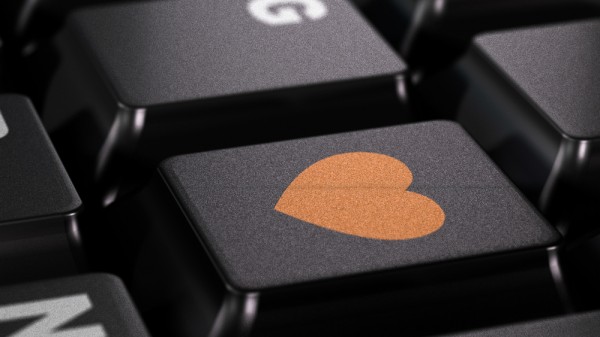Sorry, Windows 8, but I love and miss Windows 7

Life as an early adopter is sprinkled with moments of joy and regret after first trying out a product up until another shiny toy takes its place. The burning desire to pursue something new often backfires in my endeavors, with personal expectations rarely fulfilled by cutting-edge software or hardware. My experience running Windows 8 is no different, as Microsoft's latest entry into consumer operating systems seldom ticks all the right boxes. But I plow through, even though what I really want is to go back to Windows 7. (Oh my, my colleague Alan Buckingham disagrees.)
I started using Windows 8 in mid-August and throughout all my time with it not once did I ever feel comfortable enough to say: "This is a keeper". Fact is what I love about Windows 8 I almost never use, and what I loathe I do have to deal with every single time -- it's a self-destructive relationship I simply do not want to be in anymore. On the other hand, at the opposite end lies Windows 7, which fits me like a tailored suit -- no extra "in your face" functionality that I rarely take advantage of. Simply put -- less is more.
Lacks Emotional Attachment
The new Windows 8 Start screen appears to be the touchscreen fan's delight, but for someone like me that has a four year-old laptop without any fancy touchscreen panel the connection between man and machine is just not there. Yes, there are live tiles, it's modern and sports a clean look, but at the same time plenty of the new features that the Start menu touts carry absolutely no weight for me. I have a Google Galaxy Nexus and Apple iPad 2, both of which I use for weather information, notifications, emails, Facebook chats, Google+ and more.
Because I can actually hold and therefore physically interact with each of them the actual experience is much more intimate when operating various apps. I can't hold my laptop like I can use the iPad 2 for instance. There's a connection with both my mobile devices, one I simply do not get with the new Start menu. The latter makes Windows 8 feel like an unwanted guest that I want gone as soon as possible.
By comparison, Windows 7 features the plain and simple, no frills Start button that through its utter simplicity actually provides a gratifying experience with each click. It pops up and without any confusion I can restart and shut down my laptop or navigate through my computer, in a manner that feels natural for a long-time Windows user. Maybe just like my colleague Wayne Williams I will immediately fall in love with the new start menu on a Windows 8 tablet, but clearly not on a non-touchscreen device.
Productivity Only Using the Desktop
Yet again, Windows 8 may feature apps but the browser offers a much more rewarding experience from my point of view. I only have to switch tabs to get to where I want, whereas using the apps in Windows 8 only causes frustration when navigating between them -- the experience is not optimized for mouse operation. There are keyboard shortcuts, sure, but why go through all that trouble when Windows 7 paired with a browser is just as good or better?
My main issue though, and one that I seem to spot more and more often, is that I use Windows 8 just like I did with Windows 7. I am not necessarily a fan of precise guesstimates but I will say that 99 percent of the time spent on my laptop is done in desktop mode with barely to no Start screen use. The reason is simple: In desktop mode I can choose the arrangement and the size of any opened window, allowing me to view two web pages, or Word documents for instance, at the same time without zooming out. That is how, in part, I view productivity.
But what's the point in having a large panel with a high resolution if I am limited to viewing two apps concomitantly only in a predetermined size? Because that's how the Windows 8 Start menu does it -- one app takes a quarter or so of the display real estate and the other is shown in the remaining space. Works good for looking at incoming emails in a narrow-sized Mail app and browsing the Interwebs at the same time, but it is awful when trying to display two apps of the same size at the same time -- it just doesn't work, and the new user interface does not appear to be designed with similar usage patterns in mind.
Is Cutting Edge worth It?
While writing this article a question kept coming at me: "Is Windows 8 worth it?" Throughout my time with it, honestly speaking, Windows 8 has served me relatively well, with only minor software issues like a nagging blue screen of death (or more), but at the same time so did Windows 7. More so I love the latter, it feels natural and I do sense a connection while with the former I have to force myself to love it.
Operating systems are not usually designed to be loved, but at the end of the day that peculiar element is of the utmost importance. When there is no joy in using Windows 8 I feel no joy in using my laptop either. It's silly maybe, but it matters to me. To solve my very own conundrum: "No, Windows 8 is not worth it".
Photo Credit: Olivier Le Moal/Shutterstock
